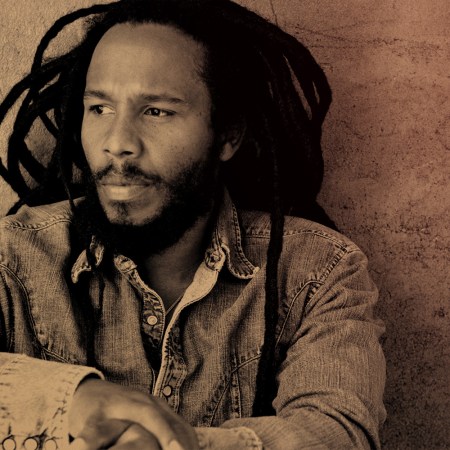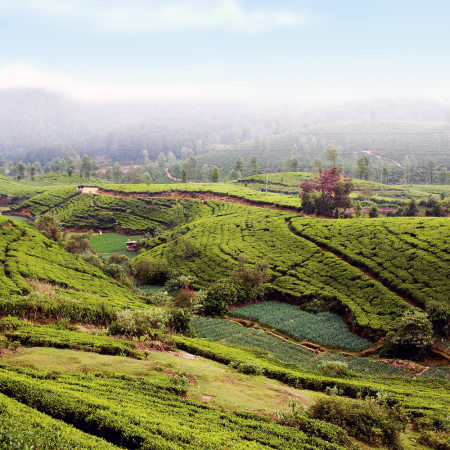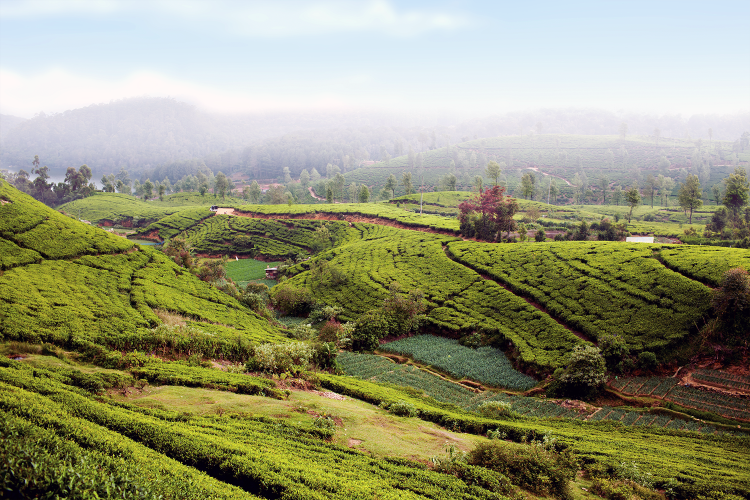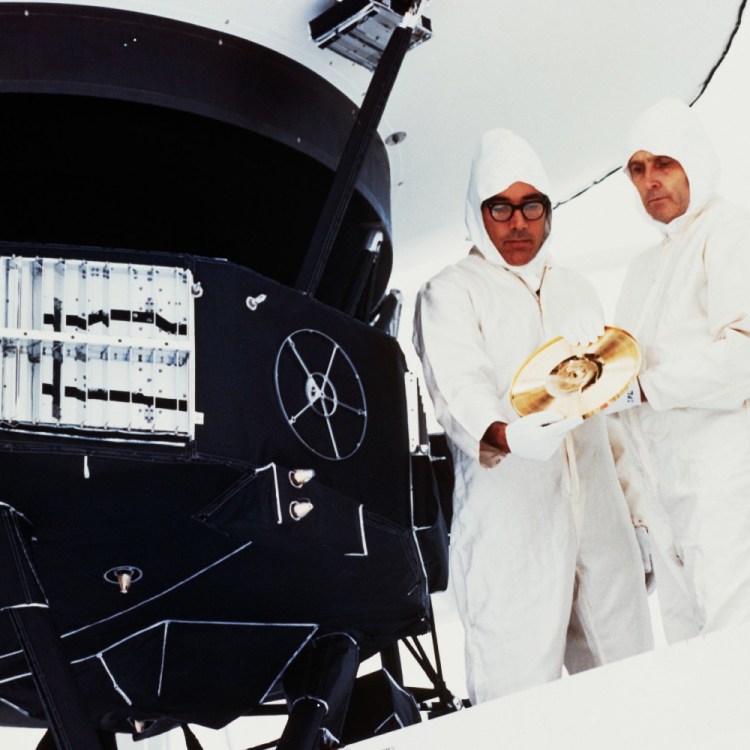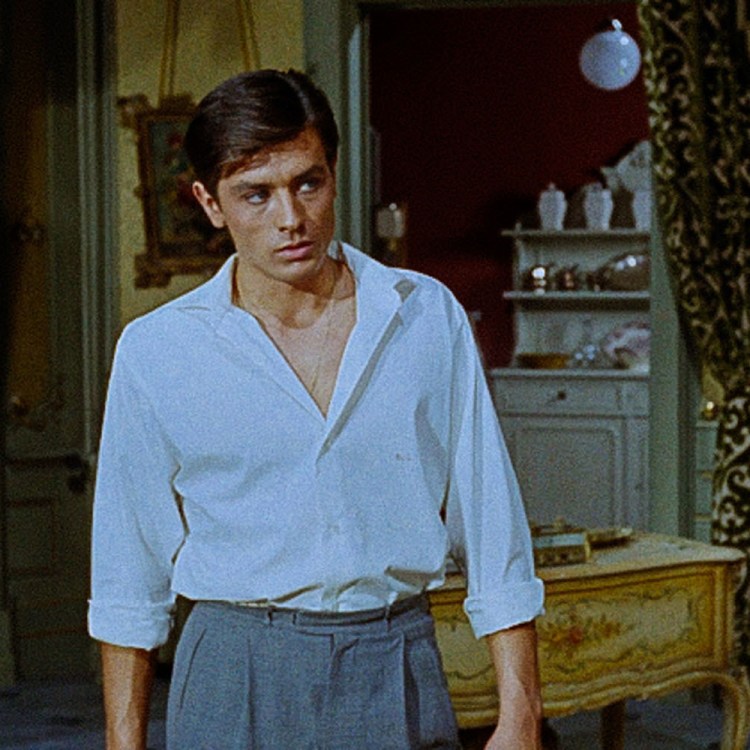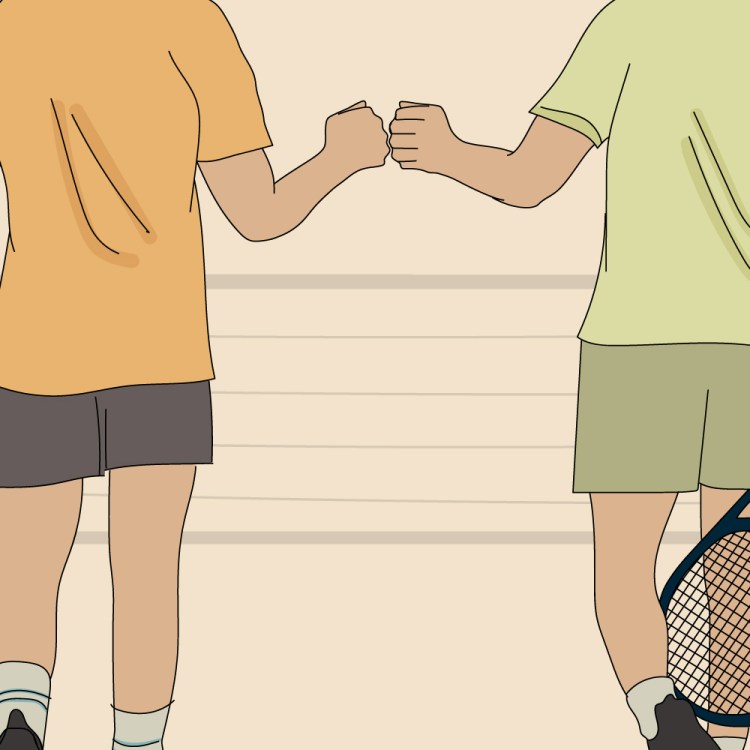You’ve heard a lot of half-truths and outright lies this season.
So as you head out tonight for some well-deserved fun, let’s examine another one: “Nothing good happens after 2 a.m.”
Wrong. In fact, exceptional things happen after 2 a.m.
That’s the premise of The 2 A.M. Principle: Discover the Science of Adventure, a new book by Jon Levy that guides you toward a more exotic life.
To wit: Drunken jenga with Kiefer Sutherland. Getting crushed by a bull in Spain. A whirlwind of beautiful, fleeting romances all over the globe. And that’s just Levy’s story; in the book, he lays out a simple plan for recreating, or topping, his ludicrous adventures.
Levy is a New York-based human behavioral scientist and possibly the world’s most influential dinner host.
In The 2 A.M. Principle, he sets out to prove how easy it is to lead an adventurous lifestyle, no matter your location or income. He shares his own stories — including many failures — and prescribes an easy-to-remember “science” to help plan your escapades. The title is a play on the old adage “nothing good happens after 2 a.m.”
Levy’s counterpoint: “The most epic experiences in my life happened after 2 a.m. … [that hour] is a clear line that makes or breaks an experience … nothing good happens except for the most epic experiences of your life.”
We’ll let him explain — including why it’s good to travel alone and why constraints are key. Oh, and why playing drunken Jenga with Kiefer Sutherland isn’t going to be your highlight, and that’s ok.
InsideHook: What was the original inspiration for the book?
Jon Levy: I grew up incredibly unpopular and geeky. I figured if I could understand the science of social interaction, I could not only figure out how to fit in, but have a life that was exciting, fun and remarkable. It took years to go from wallflower to adventurer, and it was full of insane failures and, eventually, wondrous triumphs. I thought I could quantify adventure so it is accessible to anyone, and so I spent years conceiving, testing and refining what is now known as The EPIC model for Adventure.
IH: Can you sum up EPIC?
JL: These are adventures don’t happen by chance — they’re created and follow a clear four-stage processes:
- Establish. You put in the right elements before you start — the most important are bringing engaging people to a novel location.
- Push boundaries. It’s not an adventure unless you grow from the experience and get out of your social, physical or emotional comfort zone.
- Increase: Maximize the emotional value from the environment you are in before you move on.
- Continue: Consider the the options of where to go and how to get there, the loop through the processes again … or end with style and go home.
IH: What was your favorite post-2 a.m. adventure?
JL: It was a little after 5 a.m. at the Stockholm Arlanda airport. As I was going through duty free I invite the girl behind the checkout counter to travel with me. Twenty-four hours later, she had left her job and met me in another country … but what unfolds is even crazier.
IH: Let’s say I don’t drink, live in Iowa and make a middle-class salary. And Kiefer Sutherland isn’t going to sit near me anytime soon. Will I still get use out of the EPIC model?
JL: The EPIC model is useful any time and place. It doesn’t matter if you have no money and are stuck in a foreign city, or are stuck going to the same two bars in your town. During the first stage, Establish, we explore the use of a mission and constraints. Research has shown that we reach peak human performance when we are doing something just outside of our skill level; by setting a mission to your night out, you can create a game that will have you explore familiar environments in new ways. If you play a game where you can only trade for drinks, or have to convince strangers to pay for them, all of a sudden you are seeing a familiar setting with new eyes.
In my 20s, I didn’t have much disposable income, so I would go on dates and challenge us to see how much fun we could have for $20. My weak finances became a game. I would have nights of drawing with chalk in the park, or playing in playgrounds, have conversations with strangers and do free fun activities provided by the city. There is so much to do, and by setting a mission and selecting the right constraints you can make anything exciting.
In the chapters “The Dillsburg Effect” and “Welcome to ‘merica,” I go to a town of 2,500 people for New Year’s and you see there is no Kiefer Sutherland or any other celebrity anywhere nearby. In fact, there is barely a town … and yet adventures were had.
IH: Can you talk a bit about the role of “failure” in your quest for adventure, and why that’s important?
JL: Without the risk of failure there is no opportunity for growth. You need both of those things to have an adventure. That’s why you can’t have an adventure on your couch.
Frankly, I spend most of my time failing or in an uncomfortable state. I believe that the size of our lives are in direct proportion to how uncomfortable we are willing to be. As such, I put myself constantly in situations where I am probably not skilled enough to pull something off or I’m guaranteed to fail. I have been laughed at more times than I can count, threatened and even had a knife swung at my throat in a market in Africa, crushed by a bull in Spain, almost froze swimming in zero degree water in Antarctica and embarrassed myself beyond comprehension … but in the process I met my best friends, learned to connect quickly with absolute strangers, saw all seven continents, and, most importantly, pushed myself to be a better, more capable me.
That’s the gift of adventure: you have great stories, but you walk away with a greater capacity and skill.
This article was featured in the InsideHook newsletter. Sign up now.


